Mom & Pop CRE Investors Reclaim Seat at the Table
Gone are the days of Wall Street investors dominating property acquisitions, says Noah Miller of Gelt Financial.
Our country was built by hustlers. People with dreams of creating their own version of success, regardless of where they were born. However, over the past decade, “Wall Street” investors have capitalized the marketplace, leaving “Main Street” investors to the wayside.
For years, mom-and-pop investors have wanted a piece of the real estate investment pie but were unable to join in due to exorbitantly high buy-in costs and a lack of liquidity. Then, COVID-19 hit. Hundreds of thousands of businesses both large and small were forced to close their doors, but the long-term repercussions of the damages caused by these closures has varied across location and industry.
Though the initial impacts of the virus were devastating across the board, there have been some surprising outcomes in the wake of our industry’s recovery.
The mass migration of individuals from dense city centers to the suburbs has resulted in high demand for CRE owners and operators in secondary markets, and historically low interest rates have sparked heightened real estate activity amongst first-time investors throughout the United States. Now, we are seeing a resurgence of mom-and-pop investors tapping into opportunities to build up the suburbs and their own wealth in the process.
Urban Exodus Sparks Suburban Revival
In the midst of social distancing measures and work from home orders, many people found themselves stuck inside. Individuals living in dense metropolitan areas felt the small apartments, high rents and expensive cost of living in places like New York City and San Francisco had lost their appeal once everything shut down, sparking an urban exodus nationwide.
As city dwellers fled to states like Florida and Texas, office and retail spaces in central business districts took some of the hardest hits. Gross office leasing transactions declined 47 percent year-over-year in 2020, and major retailers permanently shut down more than 12,000 locations across the U.S. Consequently, we are now seeing commercial real estate investors shifting their attention to the suburbs.
While there are currently widespread vacancies in urban commercial centers, it’s a whole different world in the ’burbs. Since the start of 2021, 47 percent of realtors have reported having more commercial sales or leasing transactions in suburban areas now than before the pandemic, and more than 8 out of 10 respondents in the PwC and ULI Emerging Trends in Real Estate 2021 report had buy-hold recommendations in the suburban office subclass.
There has been an increased appetite from investors for suburban commercial real estate. Office leasing in secondary markets like Tampa, Austin, Dallas and Long Island have also performed much better than primary markets like Manhattan and Los Angeles. Here’s why: Small businesses such as accounting and law firms with less than 20 employees are not set up for an entirely remote workforce, and are quickly filling vacancies as the economy reopens.
Additionally, a myriad larger companies have announced that they plan to open suburban satellite offices in the coming months, and there has been heightened interest in coworking spaces in secondary markets as businesses establish hybrid work models.
Interestingly, mom-and-pop and first-time investors are playing a large role in funding this suburban growth, putting the power back into the hands of regular Americans.
Mom-and-pop investors drive growth in the ‘burbs
The ability to take on debt at ultra-low rates has enabled first-time and mom-and-pop investors to get involved in ways they couldn’t a few years ago, and they are largely focusing their efforts on the ’burbs.
“While most big banks and debt funds are catering to institutional groups, midmarket capital providers are catering to the mom-and-pop investors, enabling these players to get a piece of the action,” said Maggie Burke, senior vice president of commercial real estate at Capital One.
To Burke’s point, we are seeing added demand from a younger generation of investors in real estate.
“Moreover, investing in commercial real estate is now much more accessible to the average investor with the help of technology. Crowdfunding platforms to raise equity have become commonplace in our industry, which creates opportunities for the middle class to diversify their portfolios with commercial real estate investments,” added Burke.
Advancements in the commercial investment space have democratized the financial opportunities in our country, harkening back to a time when regular Americans had a seat at the table.
Now, Millennials and mom-and-pop investors are all in for a chance to help build up suburban markets and their own portfolios, and have perhaps permanently changed the way we approach CRE investing for the better.
Noah Miller is the vice president of Gelt Financial LLC, a national real estate investment firm providing debt and equity, ranging from $100K to $5MM. The company specializes in bridge loans, mezzanine loans, preferred equity and JV equity, and owns commercial real estate across the U.S.


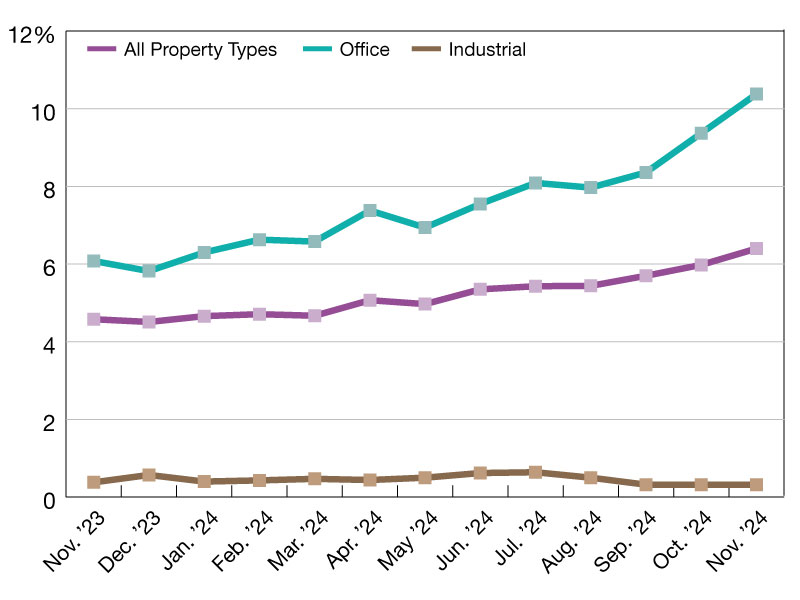
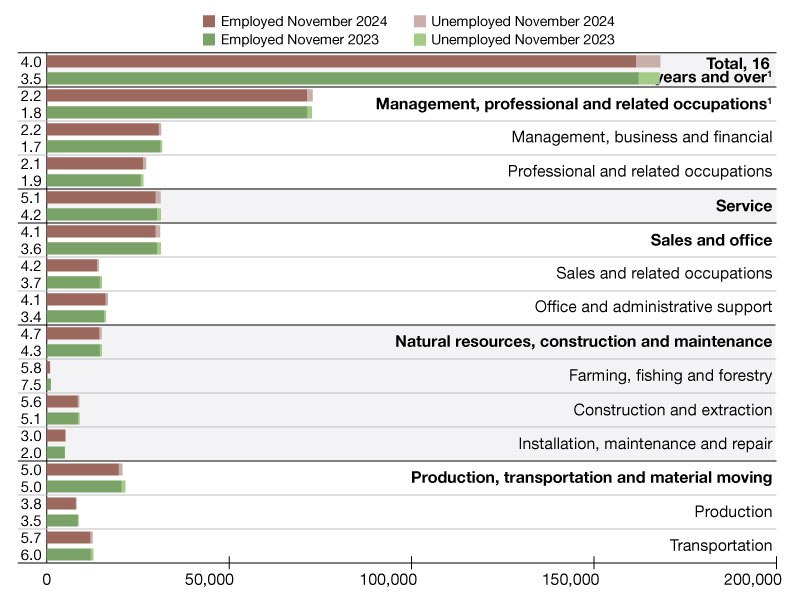
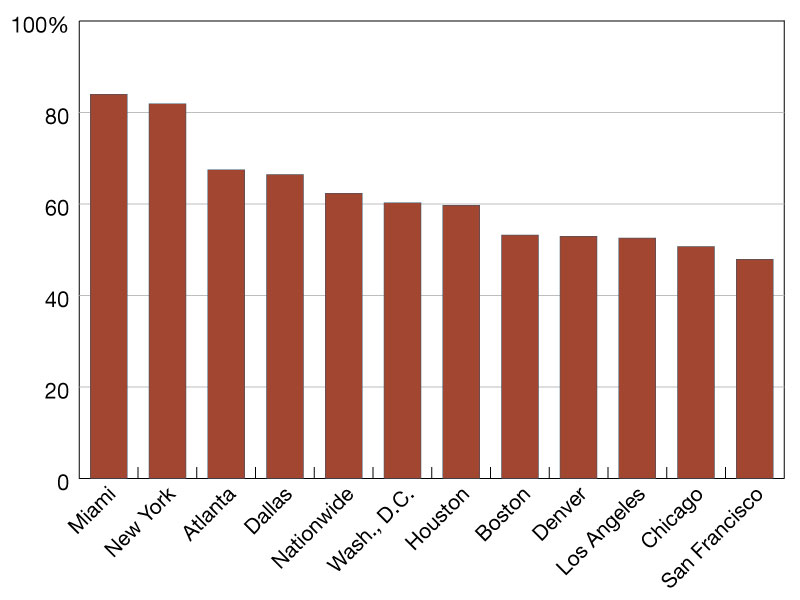
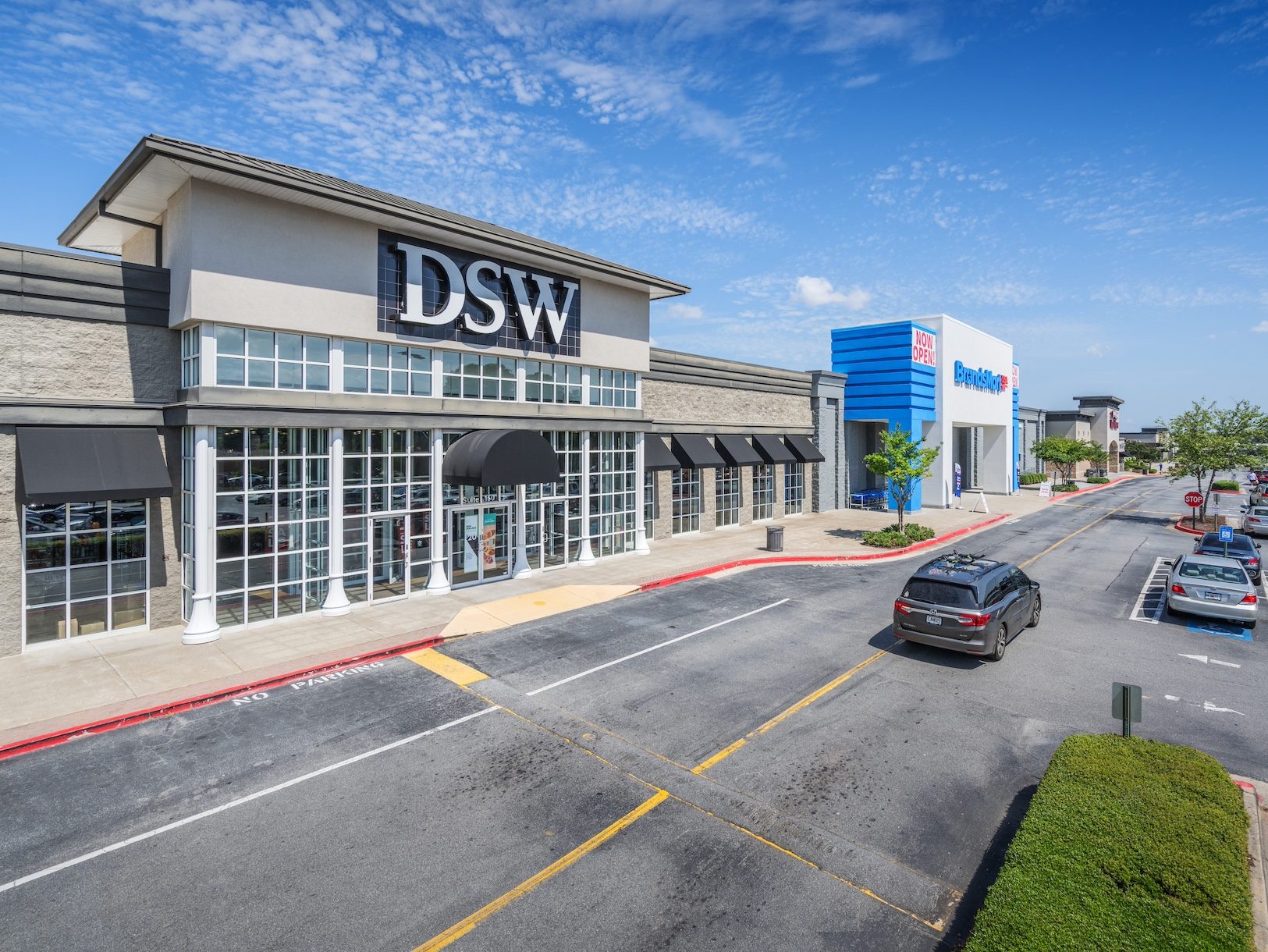
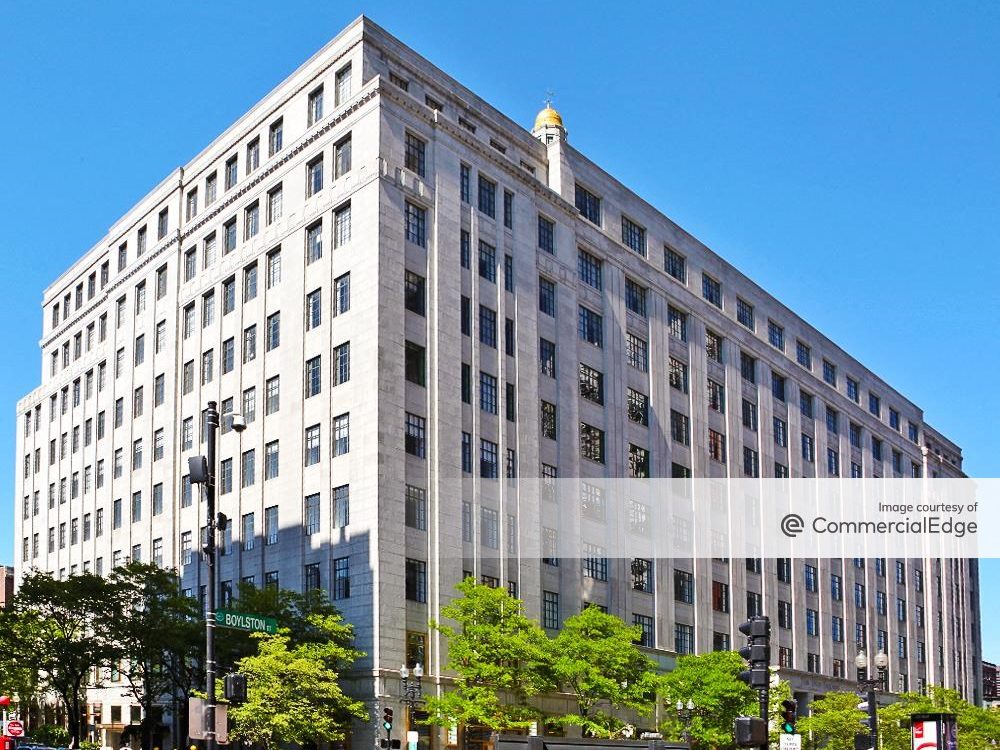
You must be logged in to post a comment.